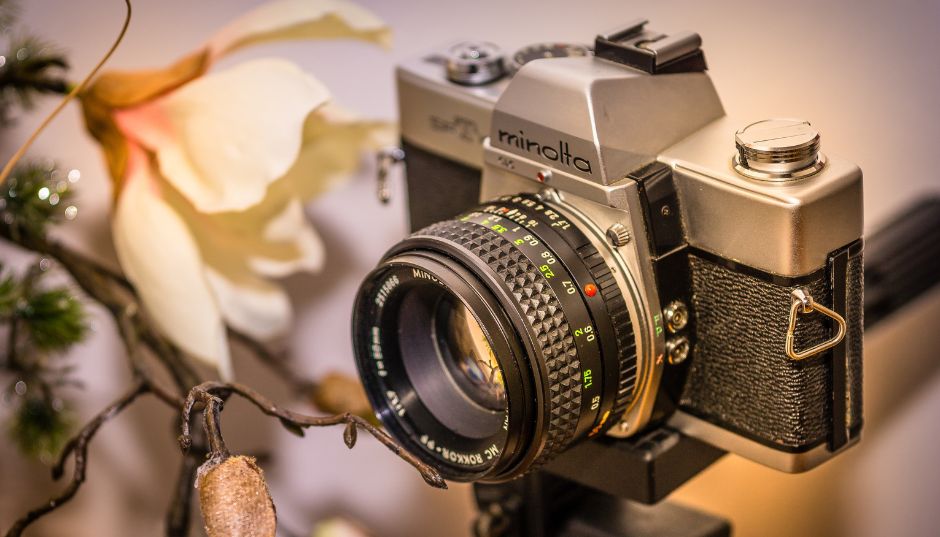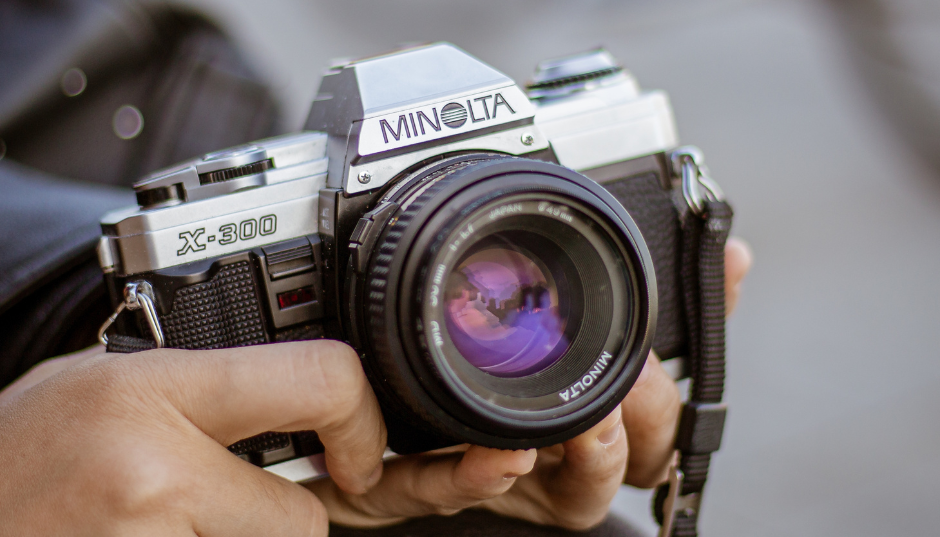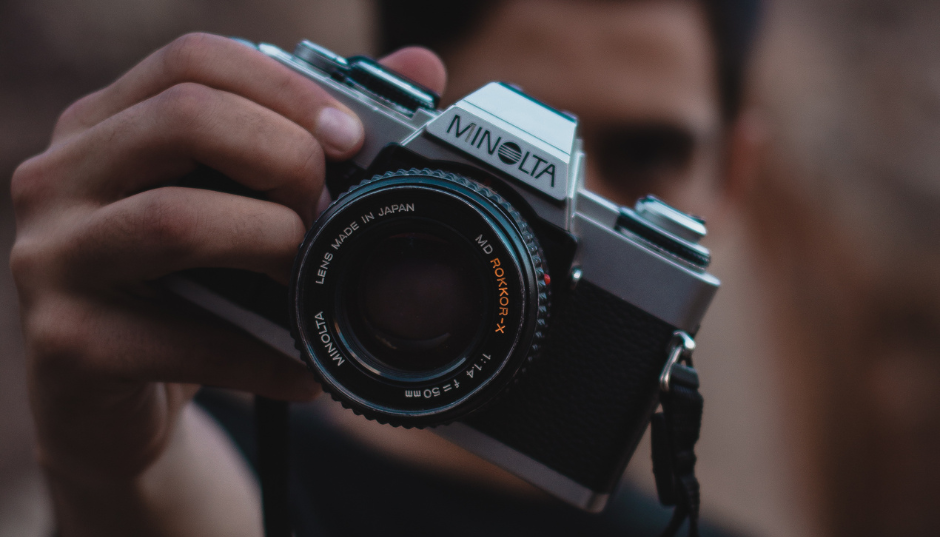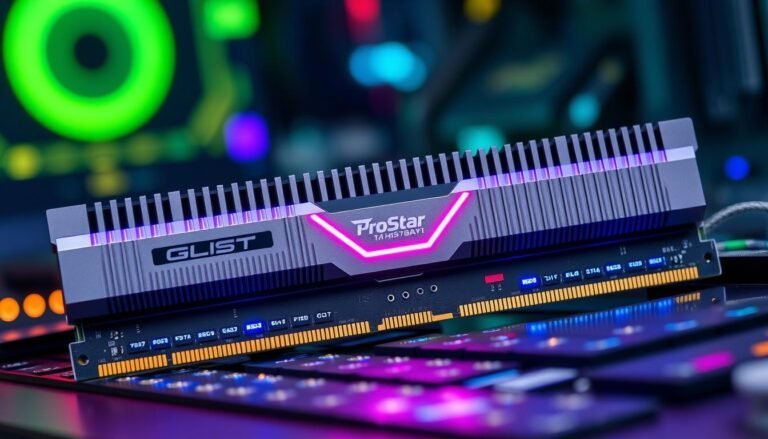
Do you want to know how to use Flash in Minolta XGA to take better pictures? The Minolta XGA is a fantastic camera, but Flash can make your photos brighter and more precise, especially in low-light conditions.
If you’re a beginner or looking to improve your photography so, you must learn about how to use Flash on this camera because it will help you to capture impressive photos every time as well as enhance your photography skills.
In this guide will briefly explain how to use Flash in Minolta XGA. You’ll also learn how to turn it on, adjust the settings, and fix common problems when taking great pictures! So, let’s dive in and learn about it!
Read Also: Biitland.com Digital Assets: Your Path to Secure Online Investments
Understanding Flash in Minolta XGA
The built-in flash on the Minolta XGA is a small yet powerful tool that makes taking well-lit photos easy. The Minolta XGA camera’s flash is easy to use, especially for beginners. Its built-in flash is ideal for capturing moments in darker spaces or when extra light is needed.
If you want to use it, simply pop it, and the camera will automatically decide when a flash is necessary, especially in Auto Mode. If you’re a more experienced users, you may manually adjust the flash to brighten specific parts of your photos or reduce the strong shadows.
You can also attach an external flash to the camera for more powerful lighting or creative effects, such as softening the glow by reflecting light off a ceiling. With some practice, the Minolta XGA’s flash system can make your photos look professional and well-lit in any situation.
While the built-in flash is handy, it works best for close to medium distances. If your subject is far away or you need more creative lighting, you can pair the camera with an external flash for greater flexibility. Overall, the Minolta XGA’s built-in flash is an easy and reliable way to improve your photos, especially for beginners.
how to use Flash in Minolta XGA Step-by-Step Guide
Flash on your Minolta XGA will improve your photos dramatically, even in dark settings. Here’s a helpful guide for using the Flash:

- Activating the Built-In Flash: Look up the flash control on the camera, which can be either a button or a lever. If you push it, the built-in Flash pops out. Automatic mode allows the camera to use the Flash automatically when needed. Remember to have the Flash open before shooting to have manual control over the Flash.
- Adjusting Flash Settings for Different Environments: The Flash is meant to make your subject brighter in darker environments. Ideally, it would help to use a diffuser or bounce the Flash onto a surface such as a wall or ceiling to filter it. When outside, the Flash helps to kill shadows when the sun is positioned behind the subject. A good flash guide includes adjusting the power or ec to make sure it fits the lighting of the scene.
- Connecting and Using an External Flash: For more advanced lighting, you can place an external flash on the camera hot shoe. Pull the Flash into position on the hot shoe, lock it in, and then adjust the external unit’s settings. These flashes have other features, such as bouncing light without losing brightness.
How Flash Techniques Can Be Applied for Different Consequences
If Flash is used correctly, it can enhance and uplift your photographs amazingly. Here are a few ways you can use Flash for different situations:
Flash Photography in Dim Rooms and Indoor Environments
In most low-light environments, such as indoors, the Flash helps illuminate the scene and makes it easy to focus on the person. However, such strong direct illumination can lead to strong backlighting or bright spots.
As a solution, try bouncing the light off white ceilings or walls. The light gets dispersed evenly, thus creating an artificial look in the scene and minimizing the harsh differences. You can also use a diffuser to soften the Flash for better results.
Fill-Flash for Outdoor Photography with Back Persons and Subjects
When shooting outdoors and the sun is positioned behind the subject, you might see the subject’s face is comparatively dark or shadowed. The addition of Fill Flash helps a lot, especially in times like these.
This technique adds lighting to the front of the subject, which has relatively lower exposure than the background. The effect adds brightness to the subject while keeping the light backdrop natural. Flash power should be low so that it looks more natural than forced.
Portrait Photography Techniques – Harsh Shadow Avoidance
There is no denying that a flash is handy for portraits. It can brighten up the subject without harsh shadows on the face. A bounce flash technique or an external flash positioned to flare from the side can do that.
Not having the camera flash point straightforwardly can eliminate the red-eye effect and make your subject look more alluring. Toning down the harsh light further by using a small reflector can enhance the quality of the light for a more convincing portrait image.
By adjusting the flash strategies to suit the shot’s needs, the images can be bright, even, and realistic, looking like a professionally done image. If you want to learn more about some of these techniques, do let me know!
Common Flash Issues and Troubleshooting
Although flash photography is a useful tool, it occasionally has issues. Here’s how to handle three such problems:

Overexposure and How to Fix It
When flash releases too much light, overexposure will take place to make your photos look too bright or washed out to fix some settings:
- Adjust Flash Power: Used a less powerful flash on your camera or settings.
- Increase Distance: Move far away from your subject to reduce the amount of light hitting on them.
- Use a Diffuser: Attach a diffuser to soften the flash and spread it more evenly.
- Check Exposure Settings: Use a smaller aperture (higher f-stop number) or faster shutter speed to reduce the overall brightness.
Underexposure Solutions
Underexposure occurs when the flash doesn’t provide enough light, leaving your photo too dark. Here’s how to solve it:
- Increase Flash Power: Increase the power of the flash using controls.
- Move closer: Get closer to your subject so that more of the light falls on them.
- Adjust camera settings: Use a wider aperture, for example, a lower f-stop number or increase the ISO power to let more light into the photo.
- Use a Reflector: Reflectors can bounce additional light onto your subject; this will brighten it up without adding flash power.
Syncing Issues with External Flashes
If your external flash doesn’t sync properly with your camera, the flash might fire too early or too late, causing uneven lighting. To fix syncing problems:
- Set Correct Sync Speed: The shutter speed must match the flash sync speed, which most cameras have set at 1/60th or 1/125th of a second.
- Check Flash Compatibility: The flash is ensured to be Minolta XGA compatible and properly attached to the hot shoe.
- Use Manual Mode: If the auto settings do not work, switch to manual on the camera and flash for control.
- Test Flash Triggering: Manually test your flash to ensure it works and adjust your settings accordingly.
Solving these common issues allows you to get the best flash use from your Minolta XGA and take more literal images in any condition.
Tips to Enhance Flash Photography
Flash can enhance your photos, but there are ways to strengthen it.
Using Diffusers for Softer Light
A diffuser is a small tool that attaches to your Flash to spread the light more. Without a diffuser, the light from your Flash can be very harsh, with bright spots and strong shadows in your photo.
Light becomes softer when using a diffuser, making pictures appear more natural and flattering. You can buy them or make your own from white plastic or tissue paper. They work great for close-up portraits or indoor photography.
Mastering Manual Flash Settings for Creative Effects
Learning to utilize your manual flash settings is very important in getting creative in photographs. By adjusting its power, it is possible to control precisely how much light the Flash produces in manual mode.
For example, in a picture with something shiny, you can drop flash power so that there may not be too much glare on the shiny part. Manual Flash is also possible for freezing motion or bringing out parts of the subject in sharp definition against the dark background.
These modes can add some considerably unique shots to your collection. You can make great use of Flash with the help of tools such as diffusers and learning manual flash control.
Conclusion
Understanding how to use flash in the Minolta XGA is essential for taking great photos in any lighting condition. Whether shooting in low-light indoor spaces, dealing with shadows outdoors, or trying to create stunning portraits, the flash is a powerful tool that can bring you excellent photos.
By learning how to adjust settings, use diffusers, and master techniques like bouncing light or working with an external flash, you can ensure your images look professional and well-lit.
The best way to improve practice and experiment with your camera’s flash features, so try shooting in different environments, test out manual settings, and not be afraid to make mistakes—they’re a part of the learning process!
With time, patience, and creativity, you’ll gain the confidence to use flash in ways that genuinely enhance your photography skills. So grab your Minolta XGA and start exploring what’s possible!
frequently asked questions
What is the flash sync speed of the Minolta XGA?
The flash sync speed of the Minolta XGA is 1/60 second. It is the best at compensating between ambient light and flash.
Can I use third-party flashes with the Minolta XGA?
Yes, the Minolta XGA supports a wide range of third-party flashes since it only requires compatibility with the hot shoe connection and sync speed.
What are the best flash settings for beginners?
Automatic flash is a good starting point. The built-in diffuser can be used to soften the light. When you gain experience, you may also try manual settings.
Why does my flash overexpose images?
Overexposure often happens because the flash was too close to the subject or the flash was too powerful. Lower the flash output or distance from the subject.
How do I avoid harsh shadows when using flash?
Soft, even light: Use a diffuser or bounce the flash off of a ceiling or wall.
Muhammad Naeem is a professional blogger and SEO consultant with expertise in creating high-quality content and optimizing websites for search engines with a passion for driving organic growth. As a blogging enthusiasts, we’re passionate about sparking conversations, fostering connections, and inspiring change through diverse perspectives.








